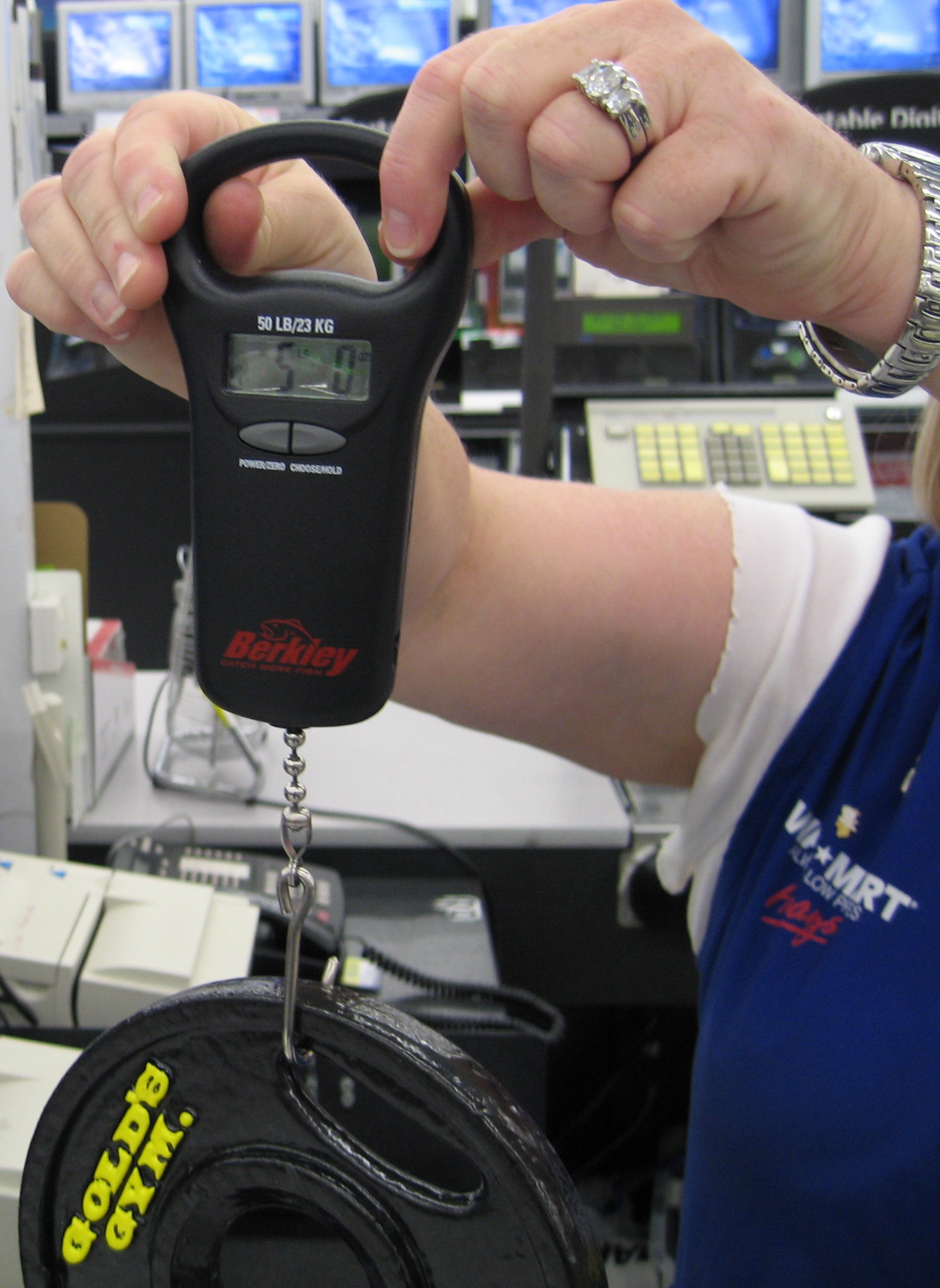Will vegetable oil hurt my car? This is the question that’s been plaguing me lately. If I drop a chunk of money on a diesel and run vegetable oil in it for six months, will it hurt the car or burn it to a crisp?
There’s really not enough long term data on this to draw a conclusion, but there are enough testimonials to make the experiment a reasonable risk. What I do know is that Rudolph Diesel (1858-1913) designed the engine initially to run off of peanut oil and actually exhibited it in France that way in 1898. The beauty of the diesel engine is in it’s simplicity and its robustness (if that’s a word). Ask anyone working in the engine room of a Naval diesel powered destroyer and they’ll tell you the random sludge that their engines can run off of.
Whether today’s automobile engines are as hardy as the 1898 or Navy models remains to be seen. A search on the internet turns up diesel car owners running on pure vegetable (not biodiesel) oil for one, two, five, and ten years. Some using it in farm equipment, buses, cars, etc. New cars like the stately E320 CDI from Mercedes may have more delicate components, but their fortitude is largely unknown because very few people want to test out fuel alternatives on thei $50,000+ pimp ride. We can find a reasonable enough string of older model Mercedes and truck owners to make the test worthwhile (hence the blog).
Some diesel owners claim that vegetable oil actually acts as an aggressive cleaner, scrubbing engine deposits and buildup from the engine. This also necessitates the need for non-rubber fuel lines as the organic ones are likely to disintegrate over time. Frankly, I’m not sure if an “aggressive cleaner” is better for the engine than the build up of oil.
For my money, here’s what I’m sticking to:
- A non-computerized fuel injection system
- Heated fuel lines and holding tank/switchover system to alternate diesel and vegetable oil,
- Clean, new vegetable oil and not the used stuff from restaurants,
- A car with a history of success on vegetable oil.




















